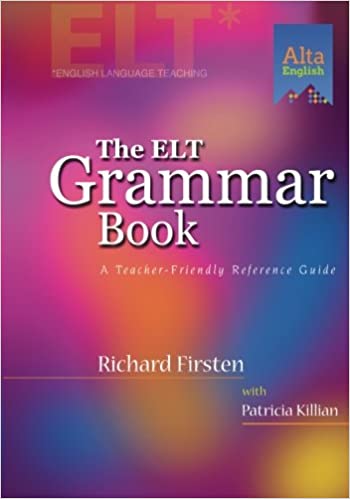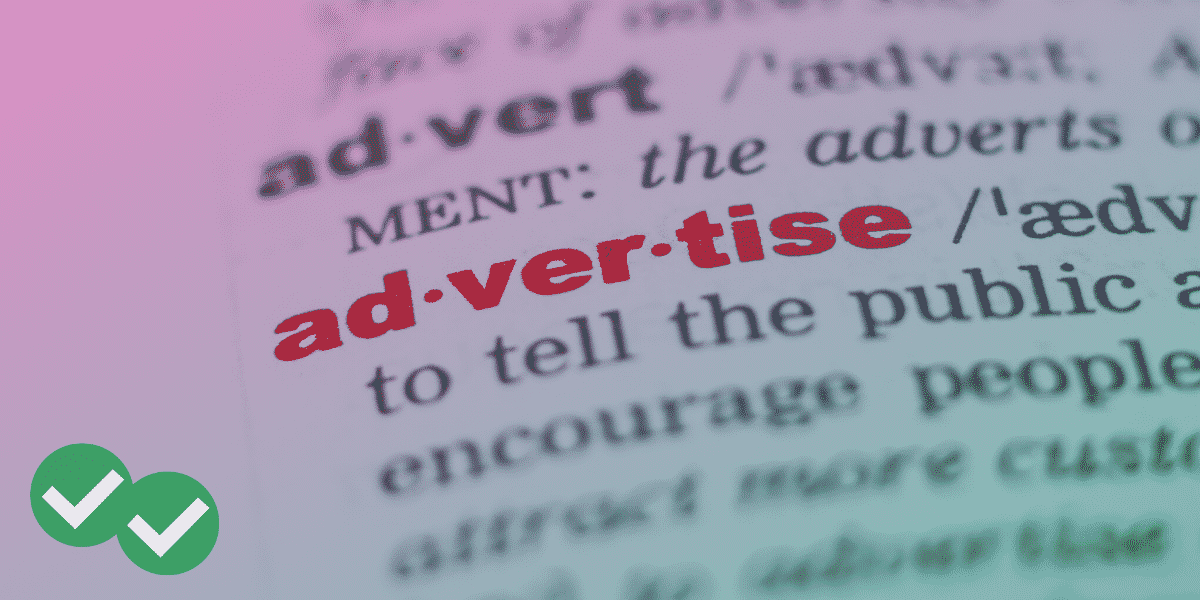We all love giving advice, although we don’t always love receiving it. It’s an important part of relationships and every day conversation. So, in the following lesson, you will learn how to give advice in English using the modal verbs “should” and “would” and the structure “why don’t…?”
Our advice right now is to get your notebook and pen ready so you can learn as much as possible. Use our explanations to create sentences of your own. Share them in the comments section, and we can help you with any questions.
Should
We use “should” to give advice both in the present and in the past using the following structures:
subject + should + main verb (in the present)
and
should + have + past participle (in the past)
For example:
“They should study more if they want to pass their exams.”
“They should have studied more if they wanted to pass their exams.”
We can also use “should + not” to give advice on not doing something. The contraction is “shouldn’t”.
For example:
“You should not smoke; it’s so bad for you!”
“You shouldn’t have partied so much before the exams.”
Would
When we give advice using “would”, we are putting ourselves in the other person’s shoes. This means that we are giving hypothetical advice as if we were the listener, which is why we often say “if I were you” at the start of the sentence.
For example:
“If I were you, I would choose the salad.”
We can also use “would + not”, or the contracted form “wouldn’t”.
For example:
“I would not go out at night without my friends.”
“I wouldn’t go shopping at the mall now; it will be full of people.”
Why don’t…?
First of all, remember that in order to form questions in English, we put the question word and the auxiliary before the subject.
To give advice, we use “why don’t” together with the second person (you).
For example:
“Why don’t you ask her to get married?”
“If you’re sick, why don’t you go to the doctor?”
If you use “why don’t” followed by the first person plural (we), we are no longer giving advice but giving suggestions.
For example:
“Why don’t we go another day?”
“Why don’t we go and get a pizza?”
And there you have it! How to give advice in English.
Now, what’s the best advice you’ve ever received?

ABA English bases English language learning on short films about real life in Europe and the United States produced exclusively for the American and British Academy. ABA English’s course also contains 144 video classes on English grammar which are available for free.






Leave a Reply